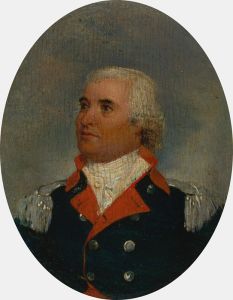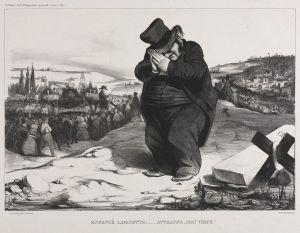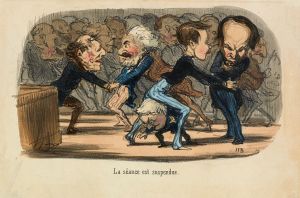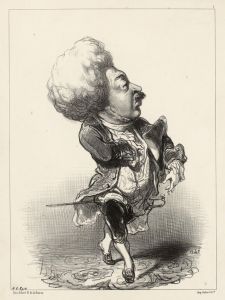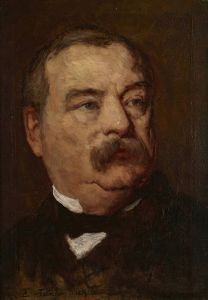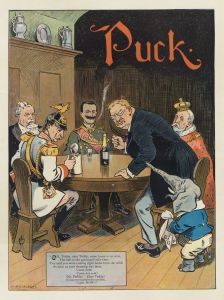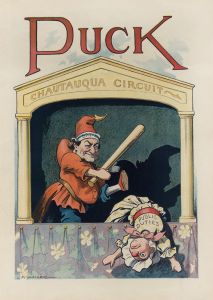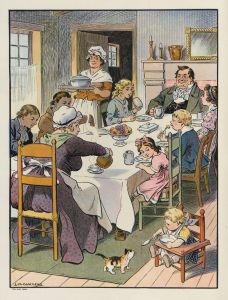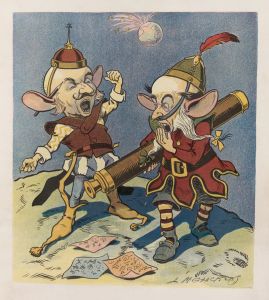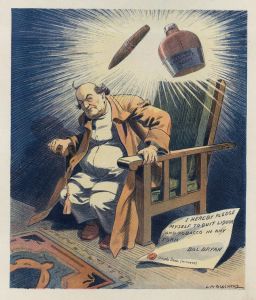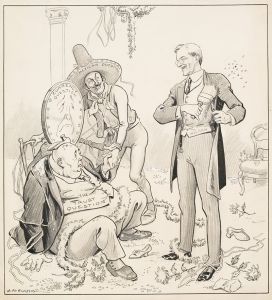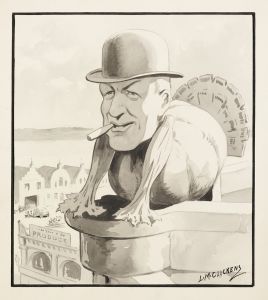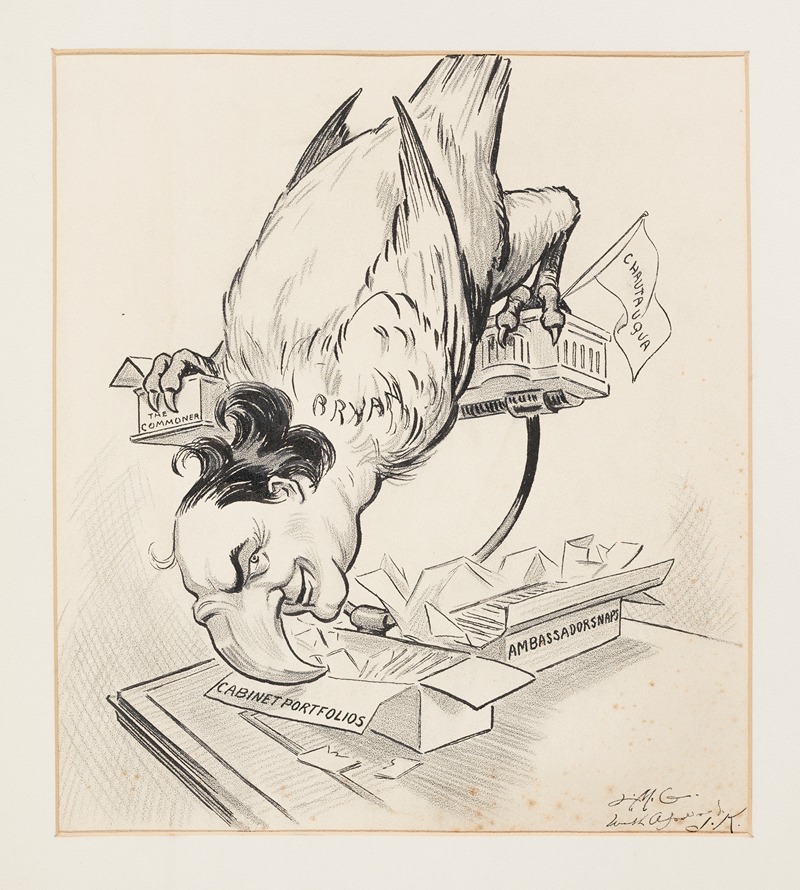
William Jennings Bryan, depicted as a bird, stands on a perch made from buildings representing Chautauqua and the Commoner
A hand-painted replica of Louis Glackens’s masterpiece William Jennings Bryan, depicted as a bird, stands on a perch made from buildings representing Chautauqua and the Commoner, meticulously crafted by professional artists to capture the true essence of the original. Each piece is created with museum-quality canvas and rare mineral pigments, carefully painted by experienced artists with delicate brushstrokes and rich, layered colors to perfectly recreate the texture of the original artwork. Unlike machine-printed reproductions, this hand-painted version brings the painting to life, infused with the artist’s emotions and skill in every stroke. Whether for personal collection or home decoration, it instantly elevates the artistic atmosphere of any space.
"William Jennings Bryan, depicted as a bird, stands on a perch made from buildings representing Chautauqua and the Commoner" is an illustration by Louis Glackens, an American illustrator and cartoonist known for his work in the early 20th century. This artwork is a political cartoon that reflects the cultural and political climate of its time, focusing on the prominent figure of William Jennings Bryan.
William Jennings Bryan was a significant political leader in the United States during the late 19th and early 20th centuries. He was a three-time Democratic presidential candidate, known for his oratory skills and his advocacy for populist causes. Bryan was a dominant force in the Democratic Party and a leading voice for the progressive movement, championing issues such as the free silver movement, anti-imperialism, and social reforms.
The depiction of Bryan as a bird in the cartoon is a symbolic representation, a common technique used by cartoonists to convey complex ideas through visual metaphors. In this illustration, Bryan is shown perched on buildings labeled "Chautauqua" and "The Commoner." The Chautauqua movement was an adult education and social movement in the United States that gained popularity in the late 19th and early 20th centuries. It provided lectures, cultural programs, and entertainment, often featuring prominent speakers, including Bryan himself. Bryan was a frequent speaker at Chautauqua assemblies, where he delivered lectures on a variety of topics, including religion, politics, and social issues.
"The Commoner" refers to the newspaper founded by Bryan in 1901, which he used as a platform to express his political views and advocate for progressive reforms. The newspaper played a crucial role in disseminating Bryan's ideas and reaching a broad audience, further solidifying his influence in American politics.
Louis Glackens, the artist behind this illustration, was known for his work with Puck magazine, a leading humor magazine of the time. His cartoons often provided commentary on political and social issues, using satire and caricature to engage the audience. Glackens' style was characterized by its attention to detail and the ability to convey complex messages through simple yet effective imagery.
This particular cartoon captures the essence of Bryan's public persona and his connection to the Chautauqua movement and "The Commoner." By portraying Bryan as a bird, Glackens may have been commenting on Bryan's ability to communicate and spread his ideas widely, much like a bird spreading its wings. The buildings serving as his perch symbolize the platforms that supported and amplified his voice.
Overall, this illustration by Louis Glackens serves as a historical snapshot of William Jennings Bryan's influence in American society and the mediums through which he communicated his progressive ideals. It reflects the interplay between politics, media, and public discourse during a transformative period in American history.





